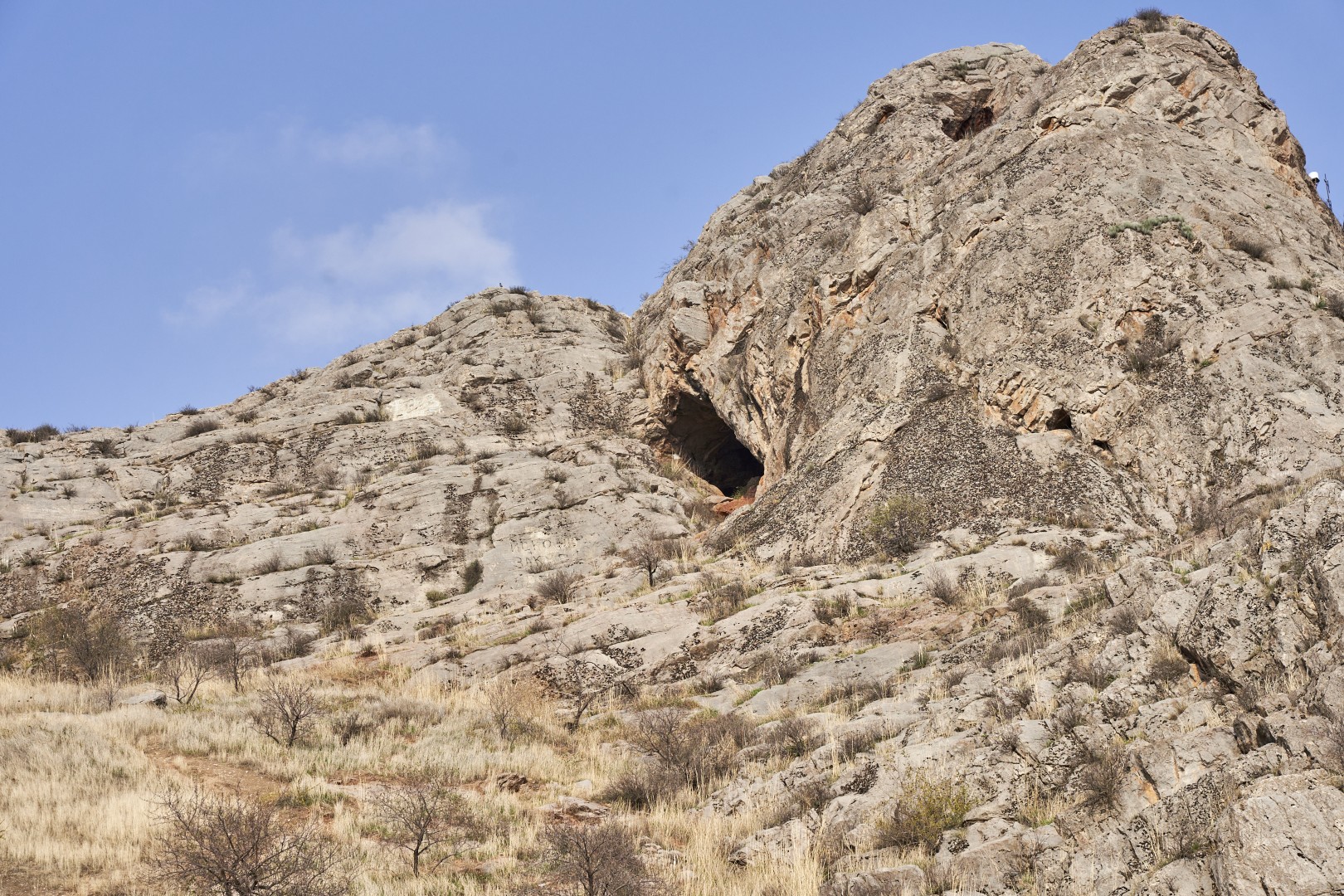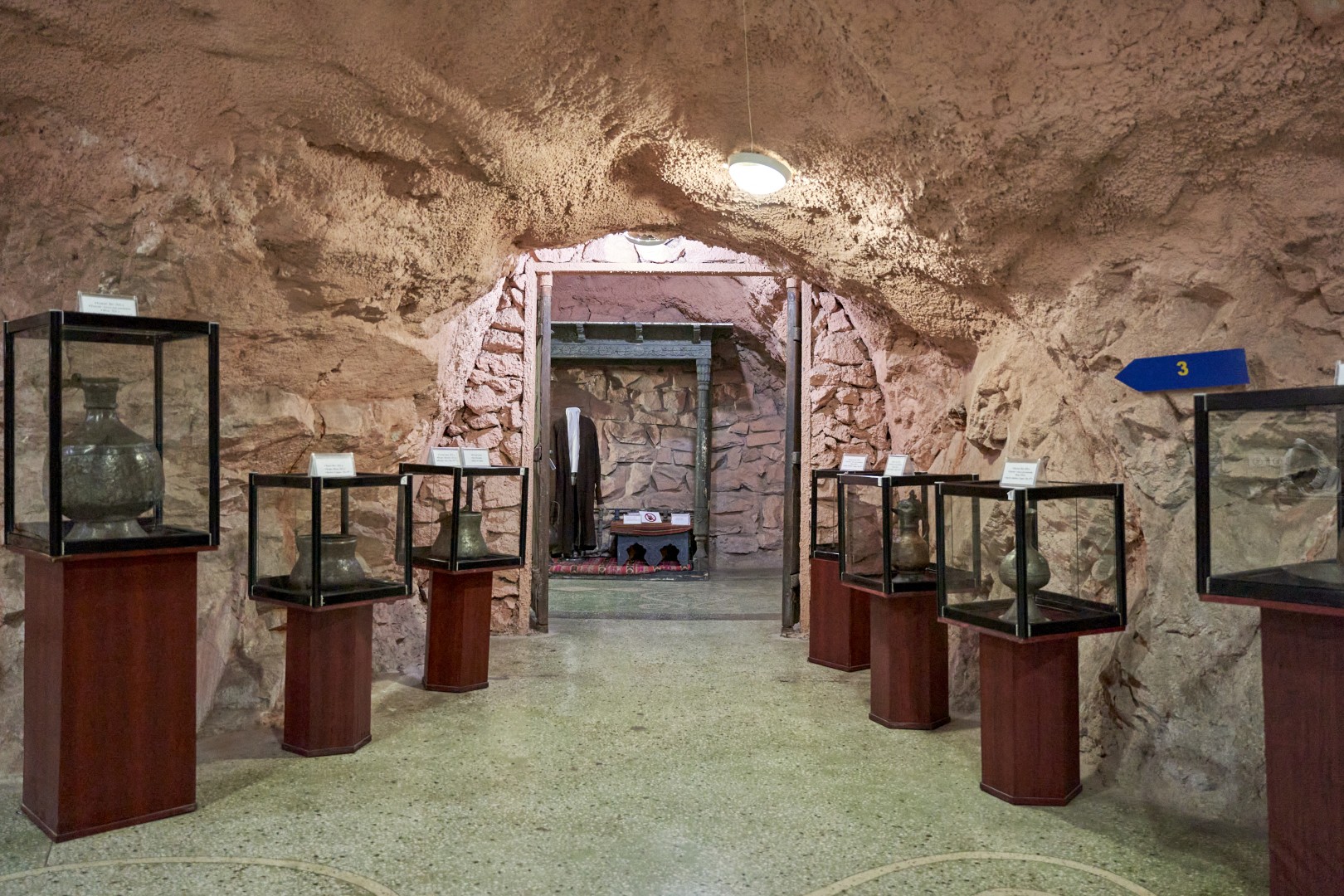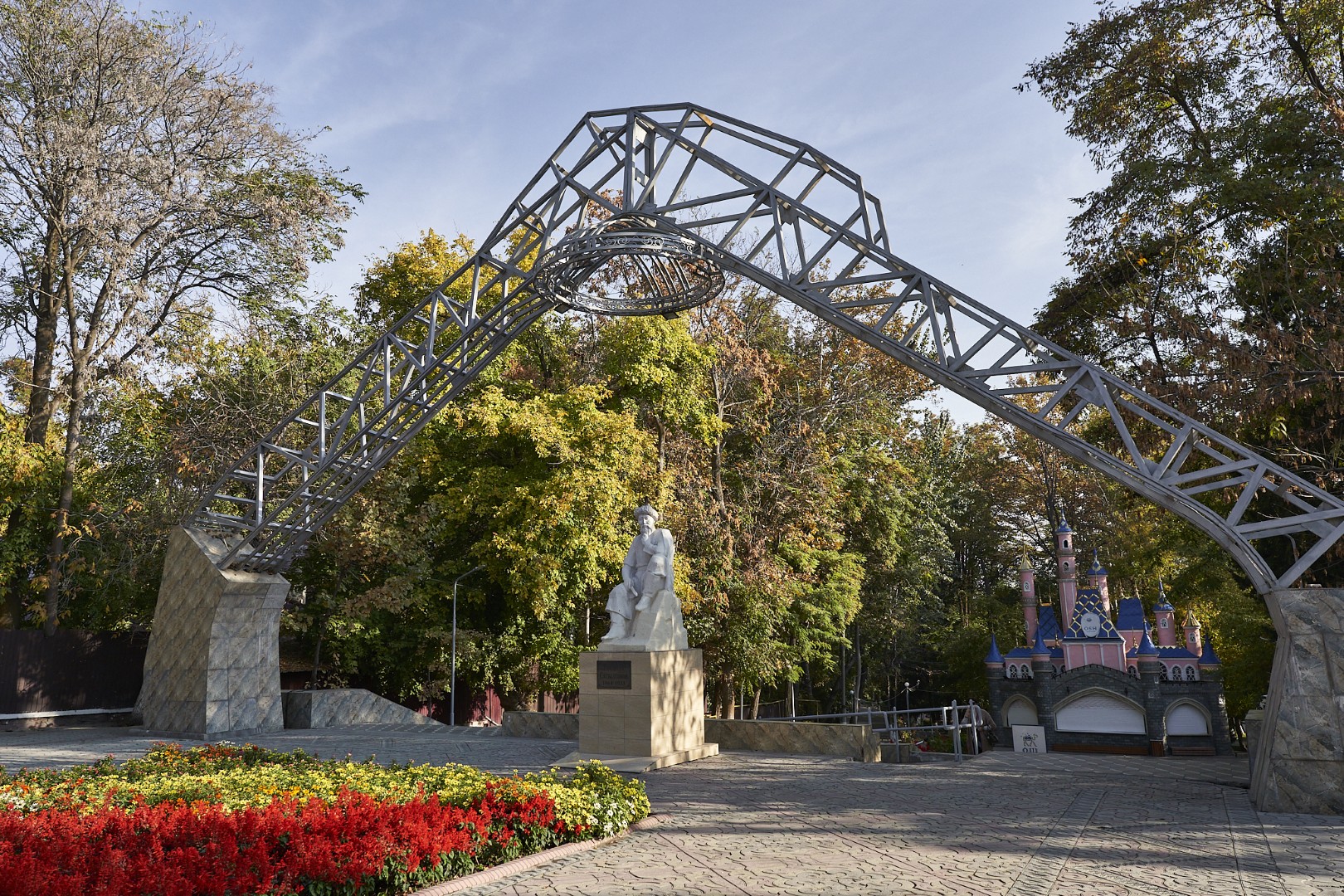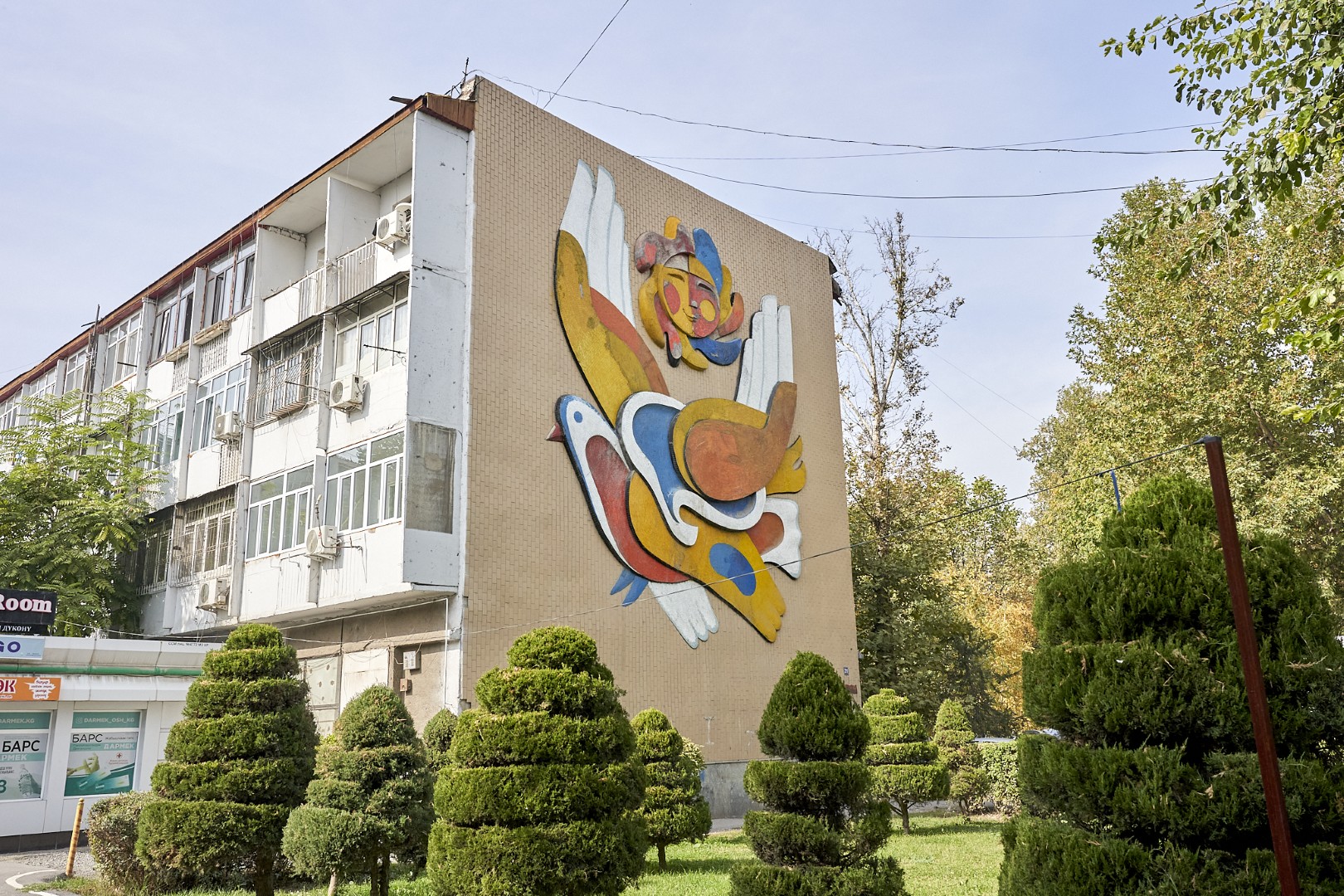

Entrance fee – 50-70 KGS

Summer 09:00 – 20:00

Winter 09:00 – 17:00

Monday

+996 703 57 27 77
Add to My Tour
Gate of Fire at Suleiman Mountain
Ancient Osh with its majestic Suleiman Mountain has a magic power, attracting adherents of various religions and beliefs, serving as a place of pilgrimage for dervishes and wandering believers of many faiths.
The first written mention of Suleiman Mountain dates back to the 10th century, when the Arab geographer al-Istahri mentioned it in his work “Kitab Masalik al-Mamalik.” The Kufi inscription bearing the name of the Samanid ruler of Fergana, Nasr ibn Ahmad (940-941), discovered during excavations on the mountain, dates to the same period. The height of the practice of Zoroastrianism in Osh is connected with Samanids.
Until the 10th century, Zoroastrianism was one of the major religions of the peoples inhabiting Central Asia, most vividly manifested in its archaic forms, Mazdaism and Mitraism. Numerous rock paintings (petroglyphs) on Suleiman Mountain testify to this.
Fire-worshippers, as the followers of Zoroastrianism were called, considered Suleiman Mountain their shrine, setting up their temples at its foot, worshipping the elements of fire and water. Chinese traveler Zhang Qiang left records in the 2nd century B.C. about fire-worshippers’ temples near the Suleiman Mountain in his travel notes. Modern-day archaeologists have found many different temple implements during excavations, confirming the numerous historical records.
There is even a belief that Zoroastrianism’s founder Zarathustra, the creator of the sacred Avesta texts, lived and worked for some time in a cave on Suleiman Mountain.
In the days of Zoroastrianism, the city of Osh had three main entrances: Darvaza Kukh (“gate of the mountains”), Darvaza Ab (“gate of the water”), and Darvaza Mugkede (“gate of the temple of fire”), which demonstrates the high status of Zoroastrian believers in ancient Osh.
In 2000, during the city’s 3000th anniversary celebrations, a symbolic fire gate was installed at the southwestern foot of Suleiman Mountain to commemorate Osh’s Zoroastrian heritage. From this gate leads a path up the mountain, a climb to the top of which has been a sacred rite throughout history.

Locations Nearby
-

Gate of Fire at Suleiman Mountain
Ancient Osh with its majestic Suleiman Mountain has a magic power, attracting adherents of various religions and beliefs, serving as a place of pilgrimage for…
-

Rock Carvings
Petroglyphs, visual remnants of Osh’s millennia-old history, can be found almost everywhere on Suleiman Mountain. They are most numerous on the southern, eastern, southeastern and…
-

Peaks and Caves of Suleiman Mountain
Suleiman Mountain is a five-headed limestone remnant that measures 1140 meters long by 569 meters wide, located at an altitude of over 1000 meters above…
-

Museum in Rushan Cave
On a hot July day in 1978, the new Historical and Local History Museum of Osh, housed within a winding complex of 13 caves and…
Other Locations
-

Toktogul Park
One of the oldest city parks in Osh, Toktogul Park was founded in 1878 as the city garden of the Governor-General. During the same period,…
-

Mosaics as symbols of the era
Monumental mosaics, still preserved on some buildings in Osh, are an instantly-recognizable hallmark of the Soviet period in the history of the city. The first…
-

History of the Bazaar
Osh’s old bazaar dates back to the founding of the city, some three thousand years ago. Today, many of the smaller local bazaars have disappeared…
-

Navai-Nan: Delicious Flatbreads of the South
Nowhere else in Kyrgyzstan is there such a variety of tandoor flatbreads as in Osh! In almost every quarter there is a tandoor stand, where…







